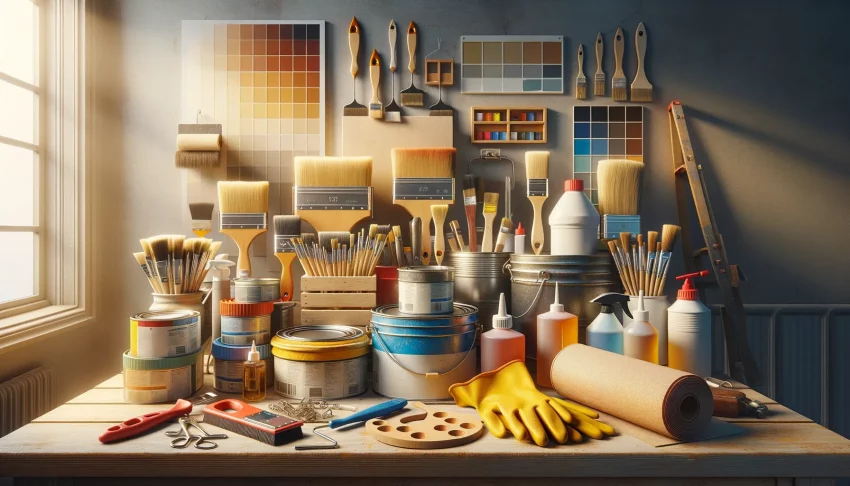Understanding the Challenges of Preserving Vintage Paint
Why Old Paint Is More Fragile Than You Think
Picture this: the original paint on your 1960s Corvette is like a delicate time capsule, whispering stories from decades past. But here’s the kicker—vintage paint isn’t just “old”; it’s comprised of materials and techniques that don’t stand up to modern elements as well as today’s paints. The formulations back in the ‘60s were heavy on lead-based pigments and lacquer finishes. While period-perfect, these paints are far more prone to oxidation, fading, and cracking over time.
Think about it—every UV ray, raindrop, or even a poorly chosen cleaning product acts like an uninvited guest at the party, slowly degrading that irreplaceable finish. And let’s not forget how thinner coatings back then make it easy to polish straight through to bare metal if you’re not careful.
- Oxidation: The most common culprit, turning vibrant hues into chalky shadows.
- Micro-cracking: Tiny fissures that let moisture sneak in, causing rust beneath the surface.
- Harsh Cleaners: Modern chemical-heavy products can strip paint right off.
Understanding Time’s Grip On Your Corvette
Preserving that vintage glow is about more than car care—it’s about preserving history. When you run your hand along the fender, you’re connecting with a bygone era of bold designs and roaring engines. But here’s the hard truth: we’re dealing with automotive art that wasn’t designed to face 21st-century challenges. Modern highways throw gravel, acid rain threatens the finish, and even parking under a tree can lead to sap stains impossible to erase.
Treat that original paint like aged parchment; every scuff, every scratch tells a story, but too many stories at once can destroy the narrative. The thrill of driving your Corvette shouldn’t be overshadowed by the fear of losing its luster.
Essential Tools and Materials for DIY Paint Preservation
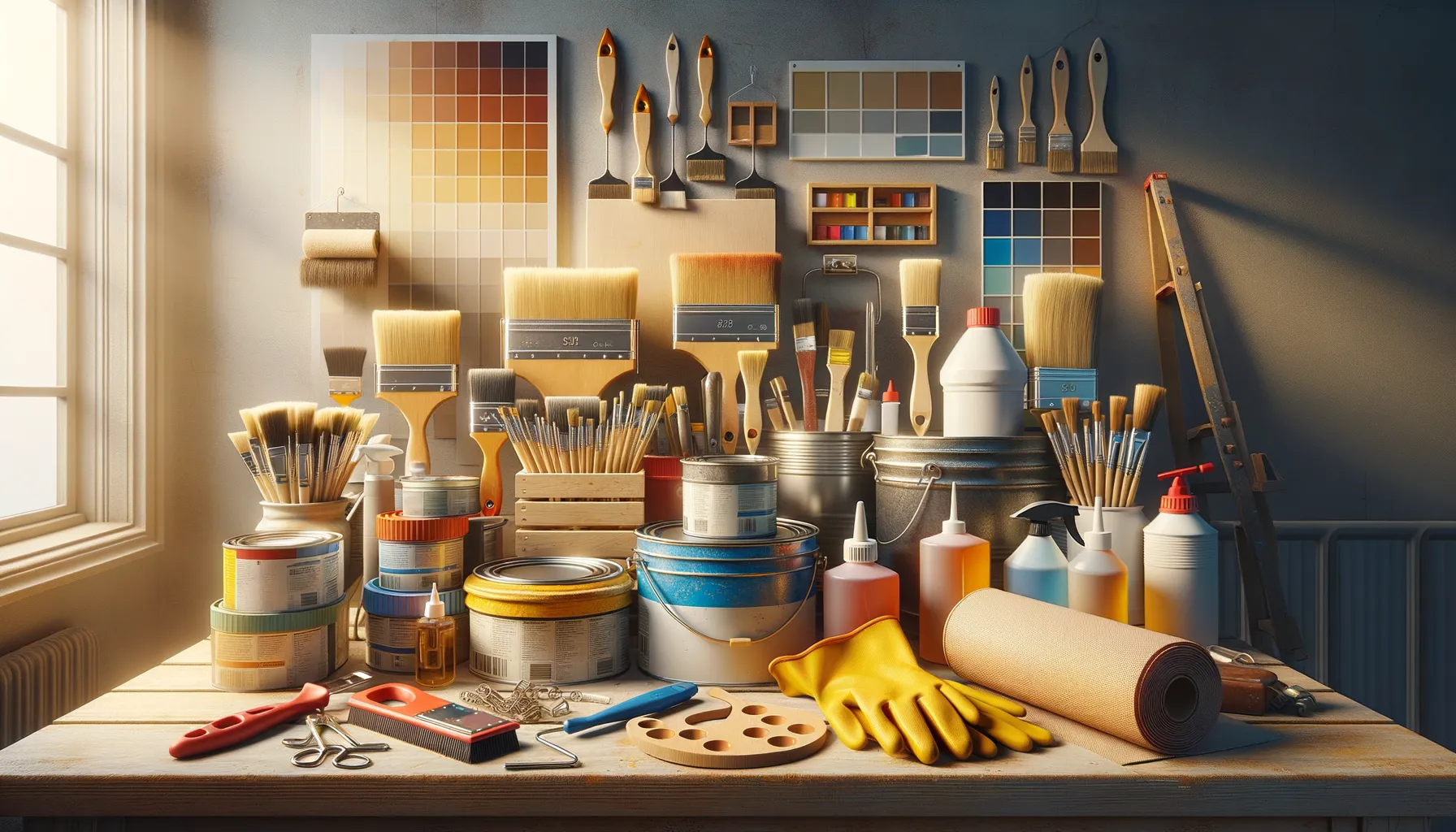
Tools to Keep Your Corvette’s Paint Shining Like the Day it Rolled Off the Line
Preserving the original paint of a 1960s Corvette is like cradling history in your hands. The right tools can make all the difference between a flawless finish and a heart-wrenching mistake. Here’s what you’ll need in your arsenal:
- Microfiber towels – Say goodbye to cheap rags; these soft wonders prevent scratches and streaks that haunt older paints.
- pH-balanced car shampoo – Your Corvette’s paint is sensitive—treat it to a luxurious spa day with shampoos designed for vintage cars.
- Soft-bristle detailing brushes – When dust settles into crevices, these brushes will be your magic wands.
- Clay bar – This isn’t just for pros. A clay bar lifts contaminants that dull your paint’s brilliance.
- High-quality carnauba wax – Think of it as a moisturizer for your paint, adding depth and protection.
Materials That Are Worth the Splurge
Not all materials are created equal—here, quality reigns supreme. For instance, opt for a professional-grade paint sealant, as it offers long-lasting armor against UV rays and moisture. And don’t skip the paint thickness gauge; it’s your safeguard, ensuring you’re not unknowingly sanding away layers of irreplaceable history.
Want to go extra old school? Consider investing in a natural chamois leather to dry off your Corvette after a wash. Trust me, the way it glides over the curves of that Sting Ray body will feel like poetry in motion.
Step-by-Step Guide to Protecting a Corvette’s Original Paint
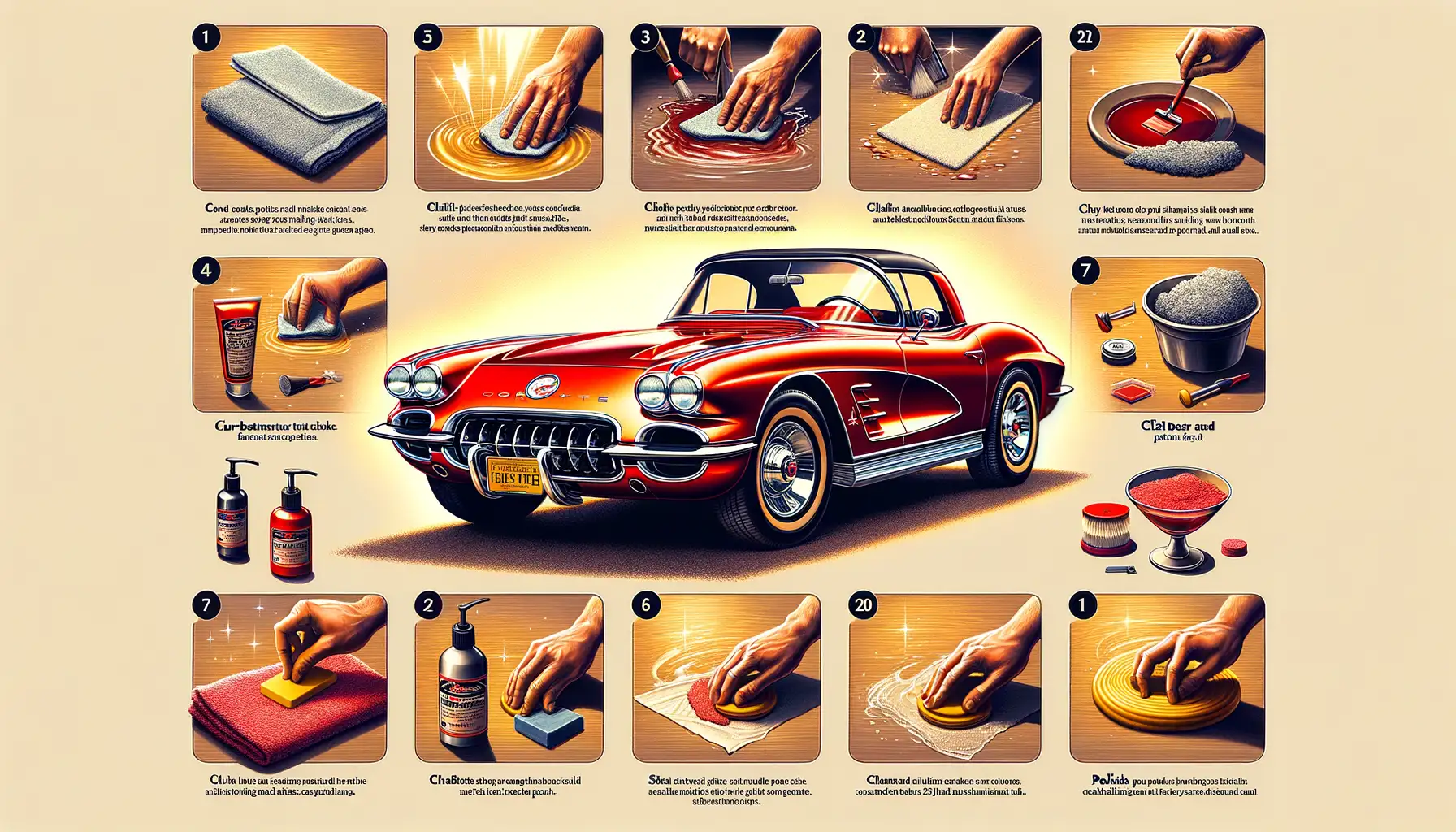
Preparing Your Corvette for the Ultimate Paint Protection
Let’s start with the essentials—your workspace. Think of it as your Corvette’s spa day. You need a clean, shaded area away from direct sunlight and dust. Why? Because direct sun can bake cleaning products onto your delicate 1960s paint, and dust loves to sneak in where it doesn’t belong.
First, give your Corvette a gentle rinse with cool, clean water. Use a soft microfiber wash mitt to caress the curves of your car, not just any rough sponge that could act like sandpaper. And don’t skimp on a pH-balanced car shampoo—this isn’t the time for dish soap or shortcuts!
Once your car is spotless and dry, inspect the paint. Spot any blemishes or areas that feel rough? That’s where a clay bar comes into play. Think of it like an eraser for contaminants. Rub the clay across the surface until it’s glassy smooth—trust me, it’ll be worth the effort.
Sealing in That Classic Shine
Ready to lock in all that hard work? Grab a high-quality carnauba wax. Apply it in thin, even layers, working it in with slow, circular motions. Here’s a pro tip: use a foam applicator pad for even coverage.
For extra protection, finish with a modern ceramic coating. Though not original to the 1960s, this invisible shield works wonders against the enemies of your paint—UV rays, bird droppings, and even time itself.
Common Mistakes to Avoid in Paint Preservation
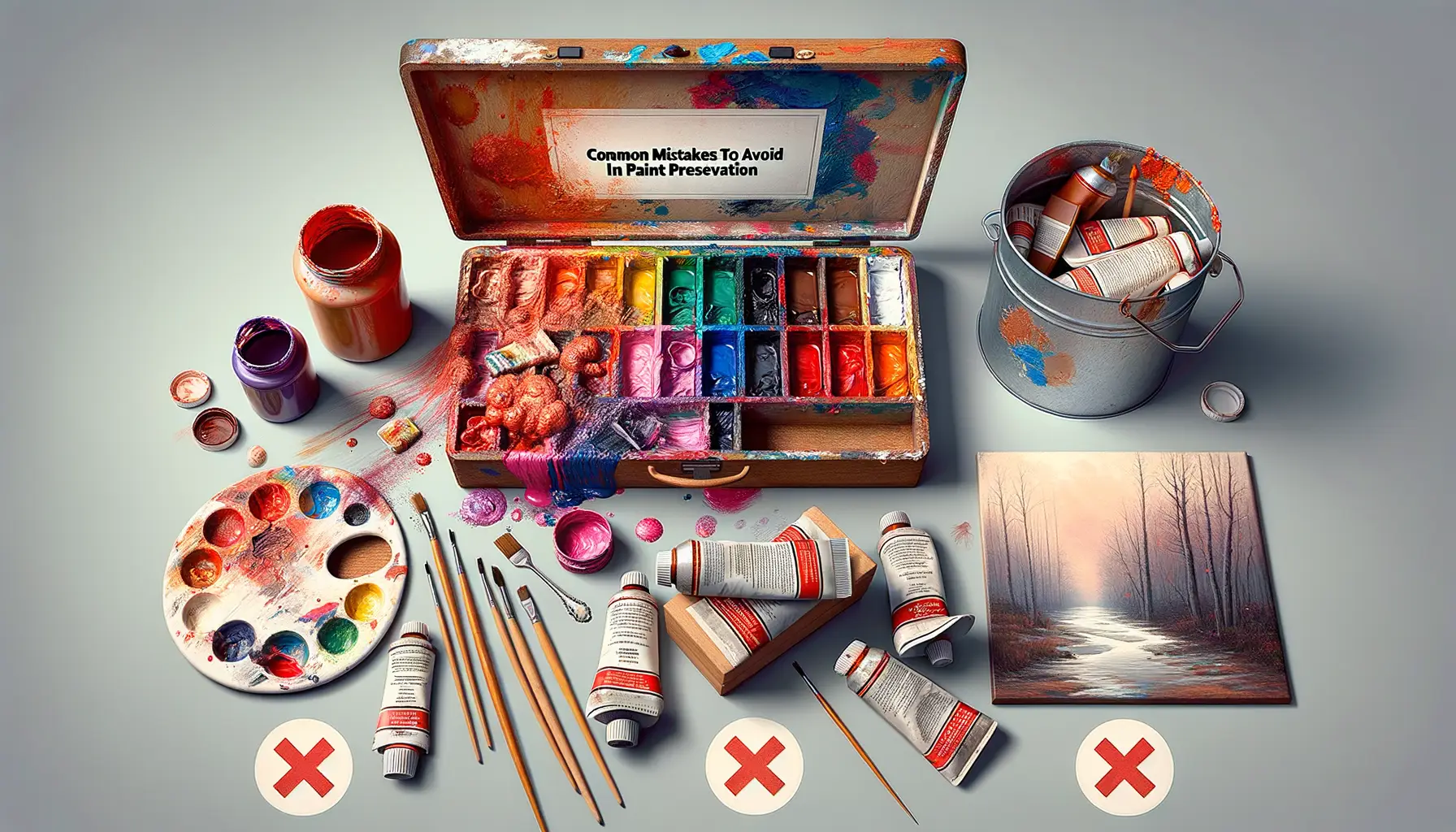
Overpolishing: When Enthusiasm Turns Harmful
It’s easy to get carried away when you’re working on something as stunning as a 1960s Corvette. You want that paint to gleam brighter than the sun, right? But here’s the kicker: overpolishing can do as much harm as good. That factory-original finish isn’t endless! Aggressive polishing compounds or too-frequent buffing can thin the paint layer, leaving it vulnerable to fading or even exposing the primer beneath. Always use a gentle hand—this isn’t a speed race, it’s a marathon.
Skipping Surface Prep: The Silent Saboteur
Neglecting proper prep is like wearing muddy boots into your dream house—your Corvette deserves better! Dust, grime, or hidden wax build-up can wreak havoc during preservation efforts. Make sure every inch of the surface is squeaky clean before applying anything protective, from waxes to sealants.
Some pitfalls might seem minor but pack a major punch:
- Using dish soap instead of car-safe cleaners—it strips protective layers.
- Applying wax in direct sunlight—hello, streaks and smudges!
- Leaving tape residue behind after masking for touch-ups. Yes, even that tiny corner you thought no one would notice.
One careless step today could spell regret tomorrow. Treat this classic beauty with the respect it commands.
Long-Term Maintenance Tips for a 1960s Corvette
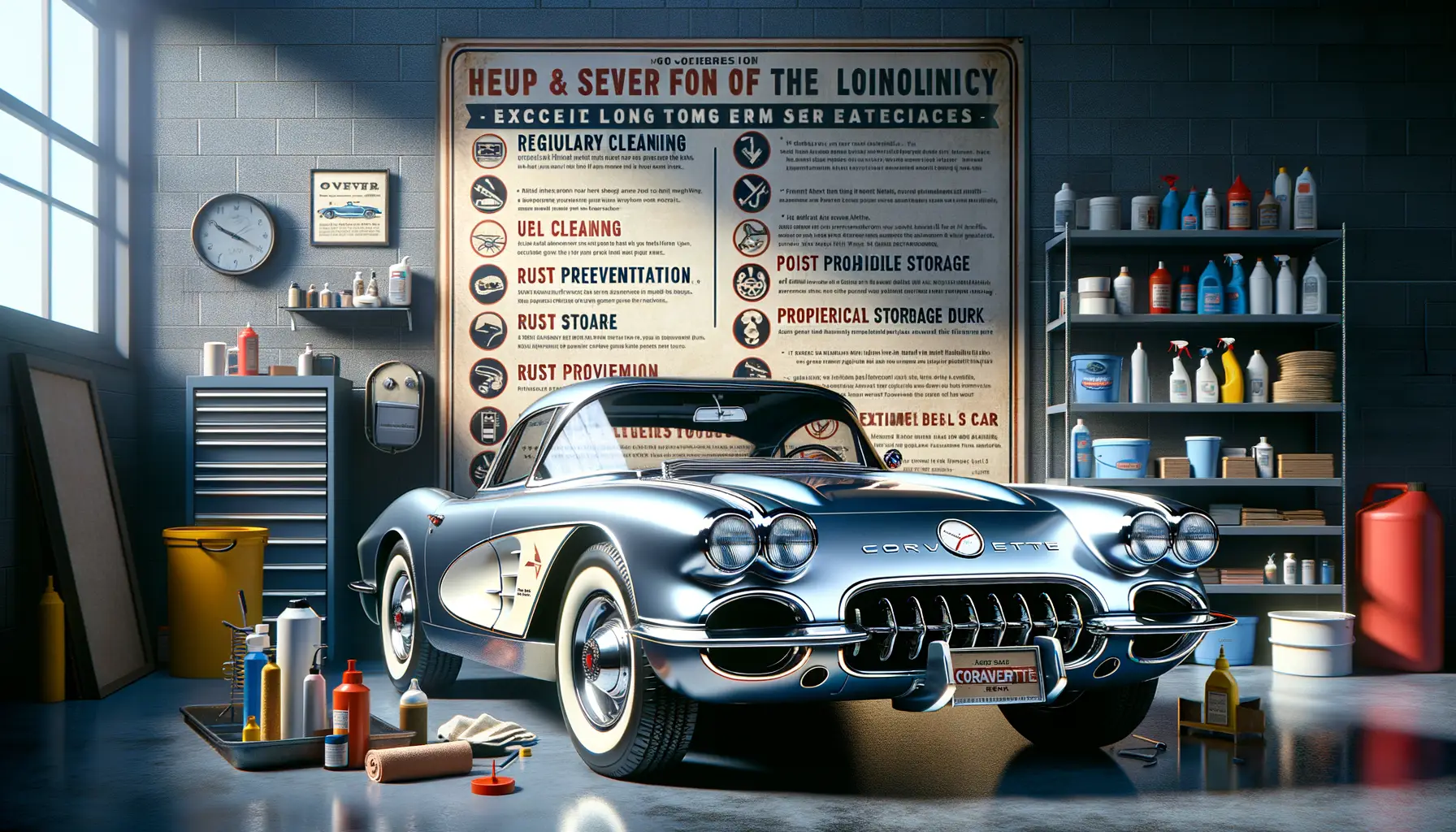
Keep That Shine Alive With Smart Storage
Imagine this: your pristine 1960s Corvette, its original paint shimmering in the sunlight, tucked away like a secret jewel. Proper storage is hands-down one of the most overlooked aspects of maintaining that vintage glow. First things first: invest in a high-quality, breathable car cover. Plastic ones? Absolute no-go! They trap moisture and can suffocate the paint, causing bubbling or peeling over time.
Your garage should ideally be a climate-controlled haven. If that’s not in the cards, you’ll need a dehumidifier to keep dampness at bay. And don’t park it near windows—a stray sunbeam can fade that iconic finish faster than you’d expect. Oh, and one more thing: periodically rotate the car’s position. Why? So every side gets equal treatment and no uneven fading rears its head.
Weekly Habits That Pay Off Big Time
Treat your Vette’s paint like royalty with regular TLC:
- Dust it gently (and I mean gently!) with a microfiber cloth—even the finest layer can act like sandpaper on older paint.
- Use a pH-neutral car shampoo for washing, steering clear of anything harsh that could strip its protective layers.
- After every wash, don’t skip the drying step—water spots are the enemy of an even shine!
Taking these small steps consistently ensures your Corvette’s original paint will continue turning heads for decades to come.




